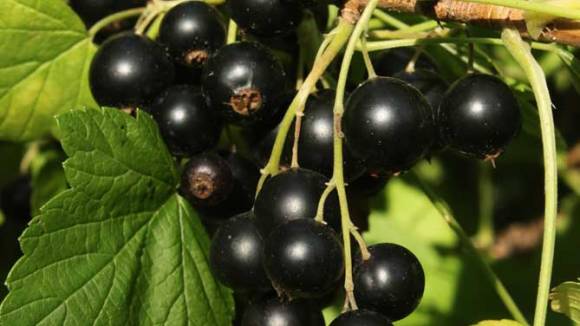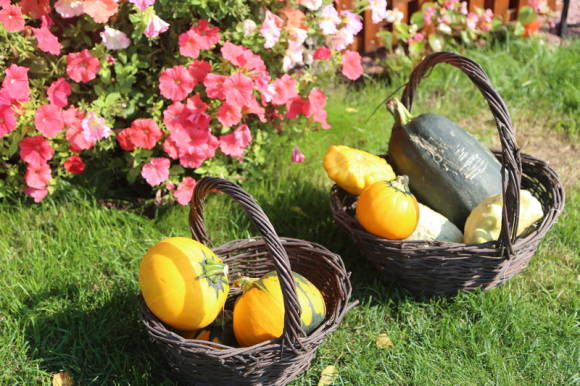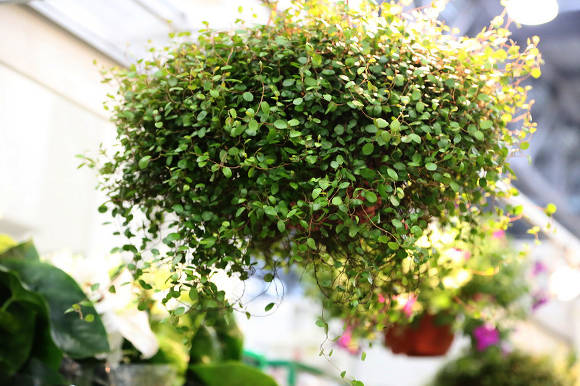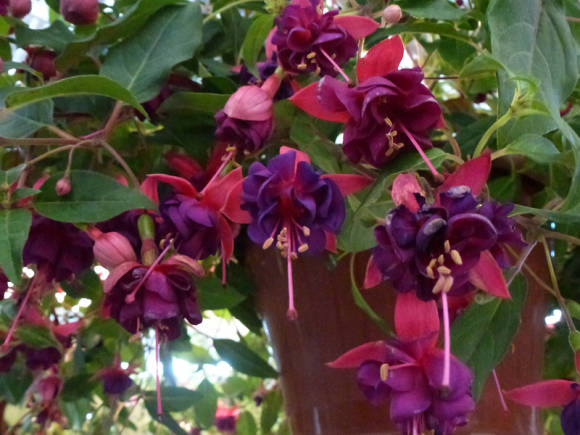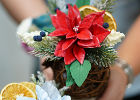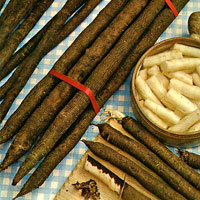 Scorzonera root vegetables |
This culture has a lot of names - scorzonera, scorzonera, goat, goat, black root (not to be confused with a weed - black root medicinal), black carrot, sweet Spanish root, etc. By the way, translated from Spanish scorzoner means "black root".
Origin and distribution.
The homeland of the scorzonera is the Mediterranean coast, from where it penetrated into Central Europe in time immemorial. This vegetable was especially popular in the Middle Ages both as a medicinal and as an edible plant. In our country, wild forms of scorchonera are widespread in the Caucasus.
For its outstanding nutritional and medicinal qualities, this plant is especially popular in Western Europe and the United States; in the 19th century it was sold in Moscow vegetable shops as an exquisite delicacy. And today Russian producers and consumers know little and do not like it, so this plant is rarely found in collective gardens.
It is usually cultivated in an annual or biennial culture. In the first year, it forms a rosette of leaves and a root crop, in the second year it gives seeds.
Scorzoner(Scorzonera hispanica) belongs to family of Astrocytes (Asteraceae)... It is a cold-hardy and frost-hardy plant. He loves moisture and does not tolerate shading, thickened plantings and strong weeds in the soil. The growing season in the first year of his life is 120-140 days, and in the second year - 120 days.
The varietal composition of the scorzonera is extremely poor. More often than others in the gardens there are samples of local folk selection. Of the varieties, there are Ordinary, Russian giant, Vulkan, Gigantic.
 Scorzoner - leaf rosette |
Biological features.
In the first year of life, the scorpionfish forms a rather powerful rosette of leaves. Leaves it is light green, lanceolate, oblong, pointed, with solid, slightly wavy edges. In the second year, new basal leaves and a highly leafy, branched flowering stem up to 100 cm or more in height are formed. Individual plants can bloom in the first year of life, but they must be removed, since they produce rough roots.
 Flowering scorzonera Flowering scorzonera |
Flowers in scorzonera, they are yellow, with a pleasant smell, collected in inflorescences, open from early morning until noon, then closed. General view of a ripe inflorescence - baskets resembles a large dandelion inflorescence. Seeds scorzonera yellowish-white, with "fly", remain viable for no more than two years, but germinate well only in the first year, then their germination is greatly reduced.
Scorzoner in the first year of life forms a tap, cylindrical, fleshy root, covered with corky black or dark brown peel. It is because of this that the plant received the name "black root". On loose, deeply cultivated soils, the length of the root reaches 35 cm or more, and the thickness is up to 3-4 cm. The pulp of this root is white, dense, tender, when cut from it, it abundantly secretes milky juice.
Growing.
Scorzoner is a fairly cold-resistant and drought-resistant plant. Its seedlings endure long cold snaps and small spring frosts. And its seeds begin to germinate at a temperature of + 5-6 degrees.
For growing scorzonera, open flat areas with light or medium loamy soils with a deep humus layer, a low groundwater level and a neutral soil reaction are most suitable. But since scorzoner does not tolerate liming, the soil is limy for the previous culture. Only on such soil can you get long and thick roots. Skorzoner also grows well on developed peat bogs. And on compacted soils, its roots are formed by curves and very branched.
Scorzoner does not like fresh manure, but grows well in the second year after it is introduced into the soil.Therefore, it grows best after those plants under which a lot of organic matter was introduced. The best precursors for scorzonera are cucumbers, pumpkin, potatoes, onions, beans, lettuce, etc. You cannot grow it after carrots, celery, tomatoes, spinach and various types of cabbage, because they have common diseases and pests.
Preparing the soil for growing scorzonera begins in the fall, immediately after harvesting the predecessor. The soil is dug up to the maximum possible depth (up to 35–40 cm). On compacted soils, the plant forms curved root crops, overgrown with small roots, which sharply reduces the marketability.
V.G.Shafransky
